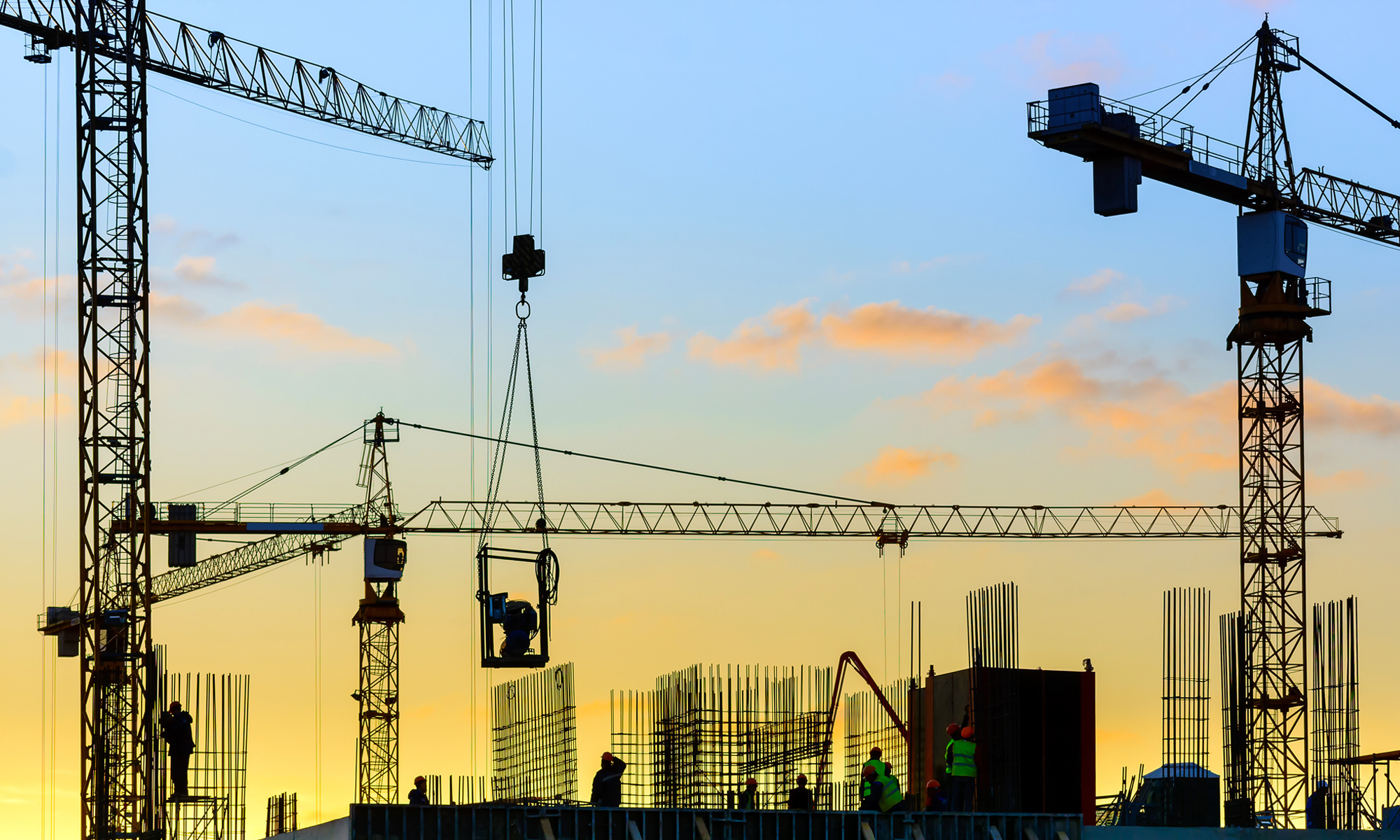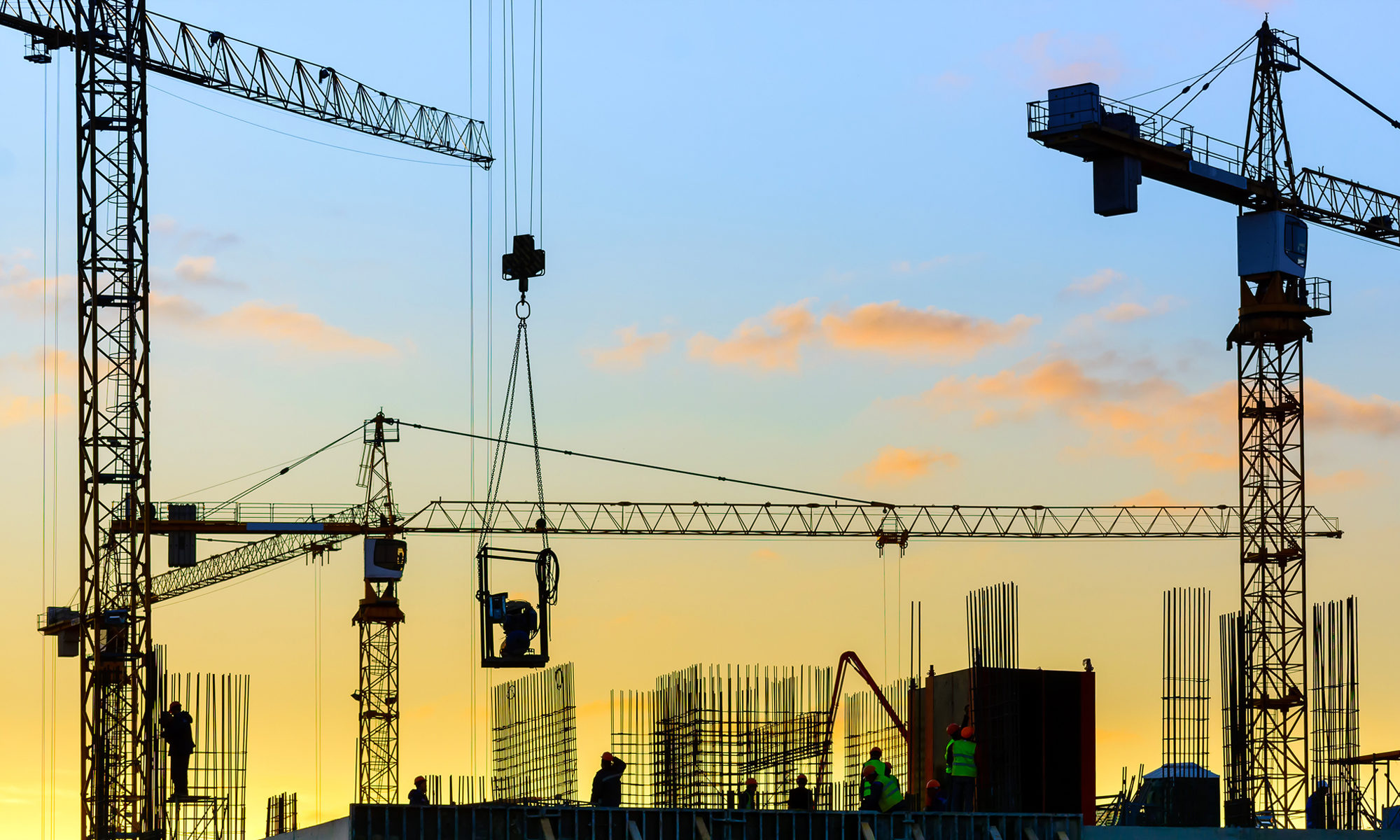The New York Appellate Division, First Department, recently revisited several legal principles of Article 3-A of the New York Lien Law in the case of Flintlock Construction Services, LLC v. HPH Services, Inc., 230 A.D.3d 446 (1st Dept. 2024). The court’s ruling provides important clarifications on personal liability, standing in trust asset diversion claims, and the conditions under which punitive damages may be awarded.
A key aspect of this case is the court’s affirmation of the contractor’s standing to assert a claim for the diversion of trust assets under Article 3-A of the New York Lien Law. Article 3-A establishes a trust fund for monies received in connection with improvements to real property and designates the recipient of such funds—whether an owner, contractor, or subcontractor—as the trustee of those funds. The trustee is obligated to hold the funds in trust until the claims of all trust fund beneficiaries are either paid or discharged.
Trust beneficiaries, where the subcontractor is a trustee, include sub-subcontractors, architects, engineers, surveyors, laborers, and suppliers who provided labor or materials for the improvement. Section 77 of the Lien Law provides that the “holder of any trust claim, including any person subrogated to the right of a beneficiary of the trust holding a trust claim,” may maintain a cause of action for the enforcement of the trust.
In Flintlock, the court found that the contractor had standing to enforce a trust claim against its subcontractor. This standing was based on the contractor’s status as a subrogee of the subcontractor’s suppliers, a status formed by the contractor’s involuntary payments to the subcontractor’s unpaid vendors. Under the doctrine of subrogation, one party gains the right to enforce another party’s claim by paying the other party’s debt under compulsion or to protect some interest. By making these “involuntary” payments, the contractor acquired the right to assert claims initially held by the subcontractor’s suppliers.
Although the appellate opinion leaves some ambiguity regarding what constitutes an involuntary payment, an earlier decision by the trial court provides clarification. It explains that a payment can be deemed involuntary either due to a contractual obligation or the necessity to protect the payer’s legal or economic interests. The trial court emphasized that when relying on the latter, the party must prove that the action is not just beneficial but essential to safeguard its interests.
For instance, a contractor who makes payments to trust beneficiaries can enforce an Article 3-A trust if they have already paid the subcontractor and are subsequently required to pay the subcontractor’s suppliers or sub-subcontractors due to the subcontractor’s failure to do so. Among other situations, this requirement can arise from either a contractual obligation or a payment bond obligation.
The First Department’s opinion in Flintlock aligns with the Appellate Division, Second Department’s ruling in J. Petrocelli Constr., Inc. v. Realm Elec. Contrs., Inc., 15 A.D.3d 444 (2d Dept. 2005). In Petrocelli, the court similarly found that a contractor who involuntarily paid a subcontractor’s unpaid vendors could maintain a cause of action under Article 3-A, recognizing the contractor as a subrogee with standing to enforce trust claims. The court emphasized that involuntary payments to cover a subcontractor’s obligations can establish standing to enforce trust fund claims.
It is also noteworthy that the appellate court in Flintlock found the principal of the subcontractor personally liable for the diversion of trust assets. The evidence presented showed that the principal knowingly participated in the diversion, including a substantial payment that was funneled through various accounts before ending up with one of his companies.
While punitive damages can be awarded for violations of Lien Law Article 3–A involving the diversion of trust assets, the court in this case declined to adopt a fixed rule that would make such damages recoverable in every instance. The plaintiff’s failure to demonstrate that punitive damages were warranted under the specific circumstances of this case serves as a reminder that such awards are not automatic and must be justified by the particular facts presented.
The decision in Flintlock Construction Services, LLC v. HPH Services, Inc., highlights the potential personal liability for those who divert trust assets. It also clarifies that while punitive damages can be a remedy for diversion of trust assets, they are not automatically awarded and must be justified by the specific circumstances of each case. Furthermore, the ruling provides valuable insight into the conditions under which a contractor can establish standing as a subrogee to enforce trust fund claims, emphasizing the necessity of demonstrating involuntary payments made to protect their economic interests.
Jose A. Aquino (@JoseAquinoEsq on X) is a special counsel in the New York office of Duane Morris LLP, where he is a member of the Construction Group and of the Cuba Business Group. Mr. Aquino focuses his practice on construction law, lien law and government procurement law. This blog is prepared and published for informational purposes only and should not be construed as legal advice. The views expressed in this blog are those of the author and do not necessarily reflect the views of the author’s law firm or its individual attorneys.



